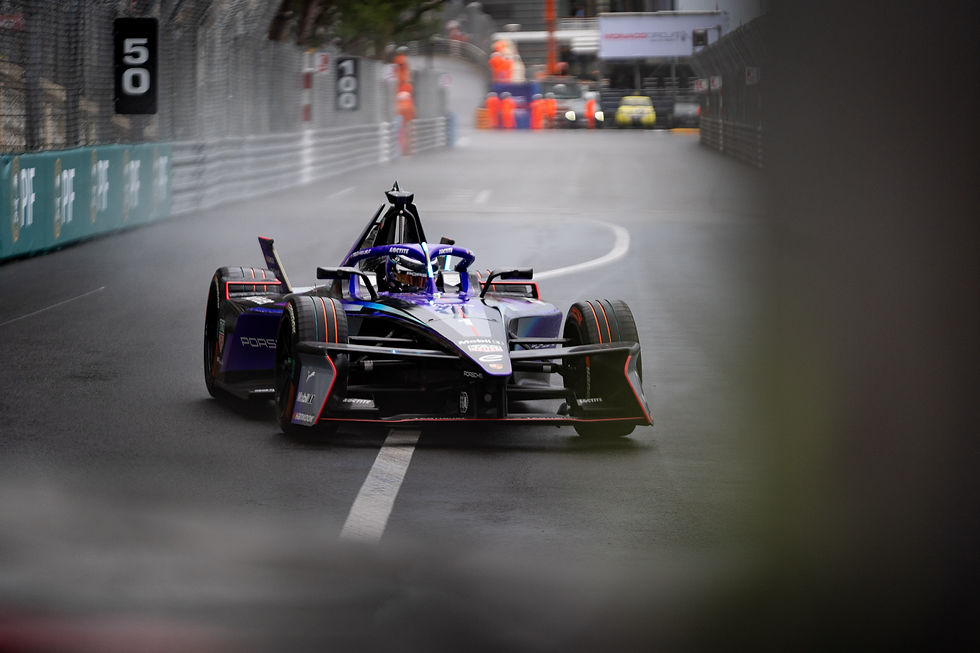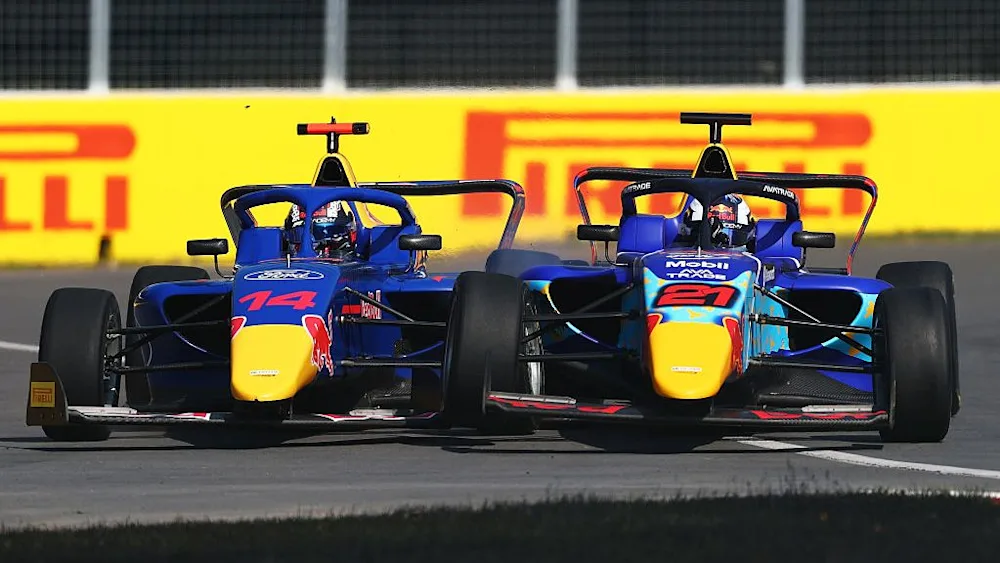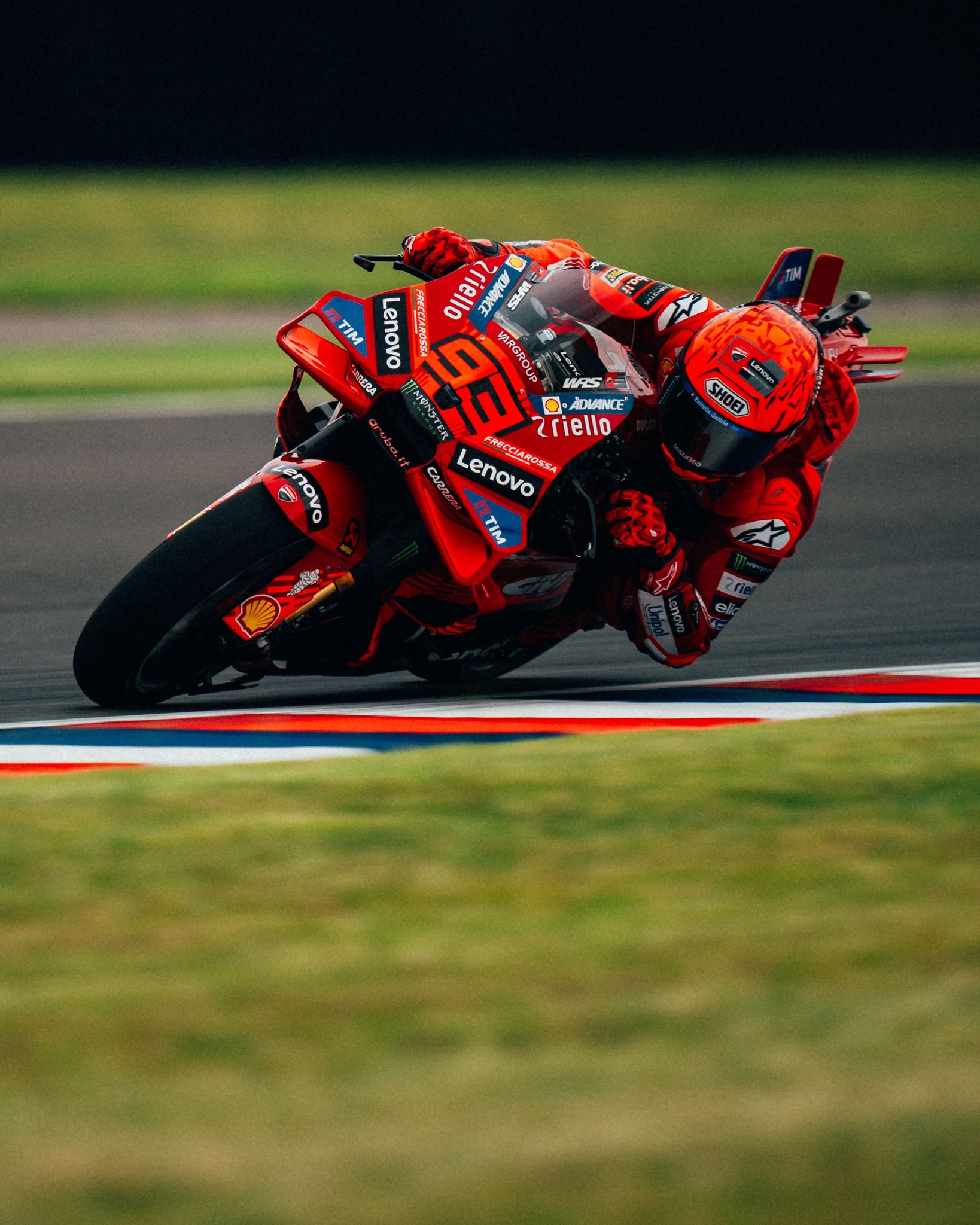Woman Spotlight Wednesday: Pat Moss
- Kavi Khandelwal

- Oct 1
- 5 min read
Updated: Oct 2
Written by Kavi Khandelwal, Edited by Vyas Ponnuri

Women have played an influential role throughout the history of motor racing. Many have taken to the wheels of motorsport machines, while numerous figures have worked tirelessly on the sidelines in various roles, shaping the motor racing world to the present day.
Woman Spotlight Wednesday aims to take a look at the tales of these superwomen, who have surpassed various hurdles to reach where they are today. In this article, we spotlight a titanic name in the world of rallying, someone who remains a forerunner of females in motorsport today.
Only a few names in the world of motorsport resonate like that of Sir Stirling Moss, the titan of Formula One and pop culture icon; the man whose name is synonymous with speed. However, the equally formidable legacy of his younger sister, Patricia “Pat” Moss has remained less celebrated.
Moss carved her own path in a highly male-dominated world and redefined the capabilities of women in motorsport, leaving an indelible mark on the sport of rallying. Her story is a powerful evidence to the talent, tenacity and quiet revolution that drove on the world’s most grueling rally stages.
From four legs to four wheels
Pat Moss was born in 1934 in a family of racers. Her parents, Alfred and Aileen Moss were both active in motorsports. However, their initial encouragement was for horses, and not cars.
The Moss siblings were gifted equestrians, with Moss herself being a successful show-jumper and earned a spot on the British show-jumping team and won numerous cups and rosettes. Her passion for horse riding remained throughout her life and later influenced her daughter’s career.

However, the transition from four legs to four wheels wouldn’t prove to be a direct swap. While her brother was famously known as “car mad” from a young age, Moss’ initial exposure to driving had a distinct lack of enthusiasm.
Her entry into the world of motorsport was serendipitous, sparked by a treasure hunt with her brother’s manager, Ken Gregory. The experience “looked fun”, according to her, and at 18, she had begun competing in club rallies.
Moss funded her first serious rally car, a Triumph TR2, from her show-jumping winnings, showcasing her determination and independence right from the outset. Her request for sponsorship from Triumph was turned down, but MG recognised the potential for valuable publicity and her raw talent, and seized the opportunity to support her.
This pivotal moment set the stage for her remarkable career with British Motor Corporation (BMC).
Conquering the 'Road Marathon
Moss’ career with BMC undoubtedly proved to be her breakthrough. Her undeniable skill was on full display in 1958 when she piloted an Austin-Healey 100/6 and came to a historic fourth-place finish at the punishing Liège–Rome–Liège Rally, an event known as “Road Marathon”.

Her greatest triumph came two years later at the same rally. In 1960, driving an Austin-Healey 3000, Moss and her co-driver Ann Wisdom took the outright victory, in a showing that proved ‘legendary’.
The brutal, 96-hour event saw just 13 of the 83 starting cars cross the finish line, and the all-female crew of “Mossie and Wiz” triumphed over a field of seasoned male competitors. They led a victorious 1-3-5-10 finish for Austin Healey entries in the rally.
For the first time, an all-female crew won an international rally outright, an achievement so significant that it earned them the Guild of Motoring Writers’ Driver of the Year prize.
Another defining moment came in 1962 at the Netherlands Tulip Rally. Driving a Mini Cooper, Moss secured the tiny car’s first international victory, a win that propelled the Mini to a legendary status as a “giant-killer”.
It was quite an ironic win, as Moss famously described the car as: “twitchy, and pretty unruly on the limit.” This victory showcased her unparalleled ability to master a challenging vehicle and push it to its absolute limits.
Moss’ career is a testament to her sustained excellence, punctuated by a series of victories and podium finishes across various international events and with a range of manufacturers, including Ford, Saab and Lancia. Ultimately, she earned five European Ladies’ Rally Championships between 1958 and 1965.
A fiercely competitive spirit

Moss’ driving style is as fearless and unconventional as her approach to life. Her fiercely competitive spirit who loved driving fast and winning, singularly focused on being the best, regardless of whether she was competing against men or women.
Her tenacity was recognised by her peers and mechanics who worked alongside her. A highly respected figure whose stamina outshone her male counterparts and driving genius earned her the admiration of the entire team.
Dismantling barriers on the world stage
Motorsport in the 1950s and 1960s was unequivocally a man’s world. It can be argued that the modern era is still a man’s world. However, the 50s and 60s were an era when gender barriers restricted women’s professional aspirations, and the racing community was not accustomed to a female rally driver.

Despite the undoubtedly disparaging comments and scepticism, Moss proved she was capable of competing at the highest level. Her response was not through words, but through her performance on the rally stages.
Her outright victory in the 1960 Liège–Rome–Liège Rally was a direct and undeniable rebuttal to any prejudice. Despite the extreme difficulty of the event, the rally world knew exactly how fast Moss was and what it took to win.
She proved she could out-drive and out-endure her male competitors, demonstrated that determination and skill know no gender and dismantled the preconceived notions that had barred women from true consideration in the sport.
Her victories are a powerful form of on-track protest, acting as a tangible and irrefutable argument that created a foundation of respect for female drivers.
A legacy in tulips and tyre tracks

Moss’ legacy is not a relic of the past; it continues to resonate today. The most powerful symbol of her enduring relevance was the creation of the Mini Pat Moss Edition — a special car released to celebrate the 60th anniversary of her victory at the Tulip Rally.
The edition’s design includes a stylised tulip emblem and the registration number of her winning car, with horizontal racing stripes to honour her achievements. The project was done by an entirely female team, from designing to the execution of the photoshoot, which showcases a direct, modern-day reflection of the change Moss pioneered.
Her influence is much more than just historical; it shapes and inspires the present.
Moss’ story serves as a continued conversation about gender equity in motorsport. She forged a decorated career, one that serves as a powerful reminder that there is still plenty to be done in terms of equality and representation in this male-dominated sport, as more women are recognised in rallying and F1 circles today.











Comments